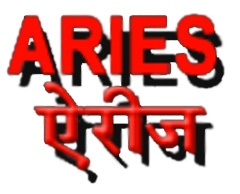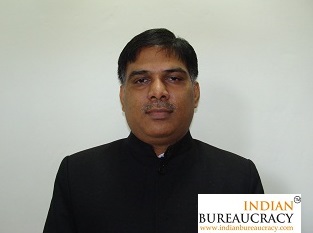Union Minister of Science & Technology and Earth Sciences, Dr. Harsh Vardhan proudly addressed a distinguished gathering of scientists at the Aryabhatta Research Institute of Observational Sciences (ARIES), an autonomous research institute of Department of Science and Technology, on the occasion of the ‘Remote Technical Activation’ of the 3.6m diameter Devasthal Optical Telescope (DOT) at Manora Peak near Nainital. The DOT was remotely activated jointly by Shri Narendra Modi, Prime Minister of India and Mr. Charles Michel, the Prime Minister of Belgium from Brussels, Belgium.
The DOT, a product of Indo-Belgian collaboration, is the largest fully steerable optical telescope in Asia. It has been built by the Advanced Mechanical Optical Systems (AMOS), Belgium and the first aluminzation of the primary mirror was achieved at ARIES. The on-sky performance of telescope was successfully tested jointly by AMOS and ARIES during March 2015 to February 2016.  Till now India lacked a world-class ground-based observing facility for the spectroscopic exploration and imaging of the milky way as well as distant celestial objects at optical wavelengths. The DOT facility will fill this gap and facilitate Indian astronomers for multi-wavelength observations including follow-up studies of astronomical objects detected at radio wavelengths by the Giant Metrewave Radio Telescope (GMRT), Pune and at UV/X-ray wavelengths by the ASTROSAT, the first dedicated Indian multi-wavelength astronomical satellite.
Till now India lacked a world-class ground-based observing facility for the spectroscopic exploration and imaging of the milky way as well as distant celestial objects at optical wavelengths. The DOT facility will fill this gap and facilitate Indian astronomers for multi-wavelength observations including follow-up studies of astronomical objects detected at radio wavelengths by the Giant Metrewave Radio Telescope (GMRT), Pune and at UV/X-ray wavelengths by the ASTROSAT, the first dedicated Indian multi-wavelength astronomical satellite.
The 3.6m DOT assumes global importance for observing transient celestial objects such as Gamma Ray Bursts and Supernovae as it is located in the middle of crucial longitudinal gap of twelve hours between the locations of 4m class global optical telescope observing facilities in Australia in the East and Canary Islands in the West. Moreover, a 4m class optical telescope at a good astronomical site have several advantages over very large (10m class) and giant (30m class) ones such as in efficiency, availability, survey work, serendipitous discovery and time-critical observations.
Dr. Harsh Vardhan, while appreciating their efforts, congratulated the ARIES and AMOS team and encouraged them to pursue application oriented research having societal relevance using this advanced observational facility. The Minister also witnessed the operation of the Solar telescope, the S. T. radar and visited the 1.3 M optical telescope facility during the visit.





